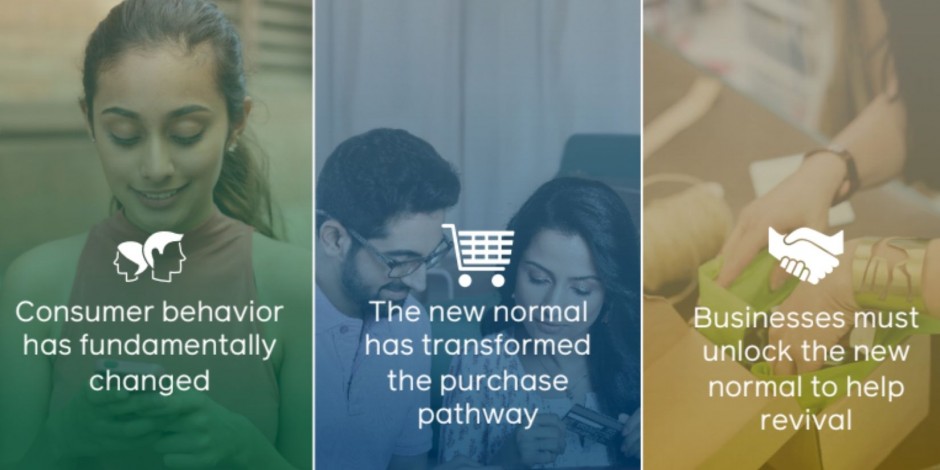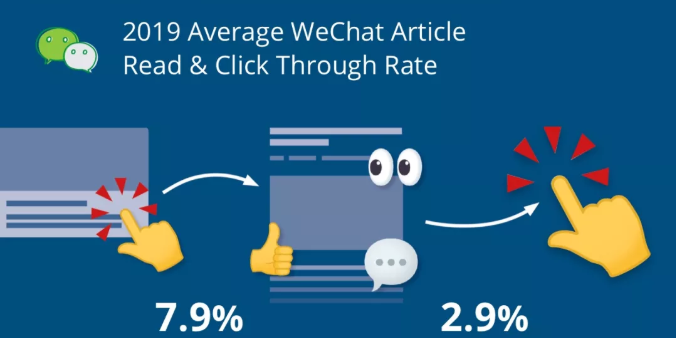By
When launching a new campaign, product or new line of service, many businesses – both large and small – choose to forgo an important step: market research. While many companies cite cost as the reason to skip this crucial step, others think it’s too time consuming or simply not necessary.
This couldn’t be farther from the truth. Market research is the most critical piece of a marketing launch because it helps businesses understand the audience segment and, by extension, the actual need of a product or service.
Some companies think it should be the first thing cut when discussing an upcoming launch. Because it’s a long-term payoff and doesn’t immediately turn into revenue, it’s quickly ignored or discarded for something more immediate.
If you’re not doing market research, what needs to be remembered is it’s very likely your competitors are. And the business with the better understanding of what a consumer needs and wants is going to come out on top.
Take Target. It’s hard to believe from such a large company, but when they launched their brand in Canada, they skipped market research and banked on name recognition to drive customer traffic. After buying the leases for a defunct discount chain in Canada in 2013, Target quickly turned the empty stores into new Target stores.
The big store conglomerate spent millions on marketing on social media, radio, TV and billboards but never took the time to deep dive into the specific Canadian consumer segment. Customers in Canada knew the brand, but when they went into stores, they saw different products than what they’d seen in U.S. stores and prices were higher. It took less than two years for Target to close its Canadian stores and call the launch a failure.
The main lesson learned is: Do your market research! The time and cost of doing proper research is worth the investment, every time. And here’s a secret: it doesn’t have to cost hundreds of thousands of dollars. Sure, if you’re Pepsi and launching a new beverage or Nike testing out a new shoe, market research will cost upwards of millions. But if you’re a small business trying to determine whether you should launch a new line of business, or if a product is a good fit for a specific locale, there are cost effective ways to do your market research. Some are even free!
Here are a few of the best tried-and-true best practices in market research:
Free Please!
Before you dip your toe into paid research, use the free online tools at your disposal. The best tool? Google. Search the phrase you’ll use to describe your product and review its popularity. If the popularity is high, ie. millions of searches, it’s in high demand. If there are only a couple hundred results, you may be barking up the wrong tree.
Another important tool is the keyword search query within Google Adwords. Their keyword research tool tells you how frequently certain words and phrases are searched and how they changed over time. This tool gives insight not only into what is being searched, but how. It will help refine the best words and phrases to use when promoting your product or business. And it will also give insight into the popularity and search volume of those terms.
Go Digital
For many, the image that comes to mind when you say “market research” is a person standing in the grocery store offering free samples of a new product. And while that can be effective, the digital realm is a much easier and faster option. You don’t get quite as many opinions standing in line in the grocery store as you might running an online poll. Think 20 people versus 5,000: That’s a significant difference.
LinkedIn and Twitter both host online polling and provide solid results. It’s important to slice and dice the audience until you’re polling the right segment. Make sure your geographical location is accurate – it’s not uncommon for those polling to accidentally use a much bigger geo target setting than necessary, which can skew results.
You can hire a third party vendor to do your polling and/or surveying or find a self-serve platform, like Survey Monkey. The best way to determine which solution is by budget and campaign size. If your budget is $10,000 or less, use a plug-and-play, self-serve option. Anything over $10,000 should be handled by the pros.
And don’t forget simple ad campaigns on Facebook, Instagram, LinkedIn or Twitter. Running an A/B test using different images, slogans, and copy can tell you what is resonating with your target audience – and what isn’t.
Email For The Win
Another smart tactic to use for market research is an email marketing campaign. Whether you use an internal email list or purchase one from companies that specialize in list creation, targeting a segment audience via email works phenomenally well.
There are many digital ad agencies that specialize in surveys. They help you buy legitimate lists to purchase within a specific vertical which is a great way to target specifically. For example, if you’re a dental manufacturing company, there are very specific lists you can buy to help you find and target dentists. You can break down the list by location, speciality, size of practice, etc. Email marketing is an effective way to do market research without breaking the bank.
Market research can make or break your business. Be smart and put in the time and effort to make sure your product or line of business is truly going to resonate with your target audience.
Feature Image Credit: getty
By
President and CEO at BreezeMaxWeb. Read Andrew Faridani’s full executive profile here.















